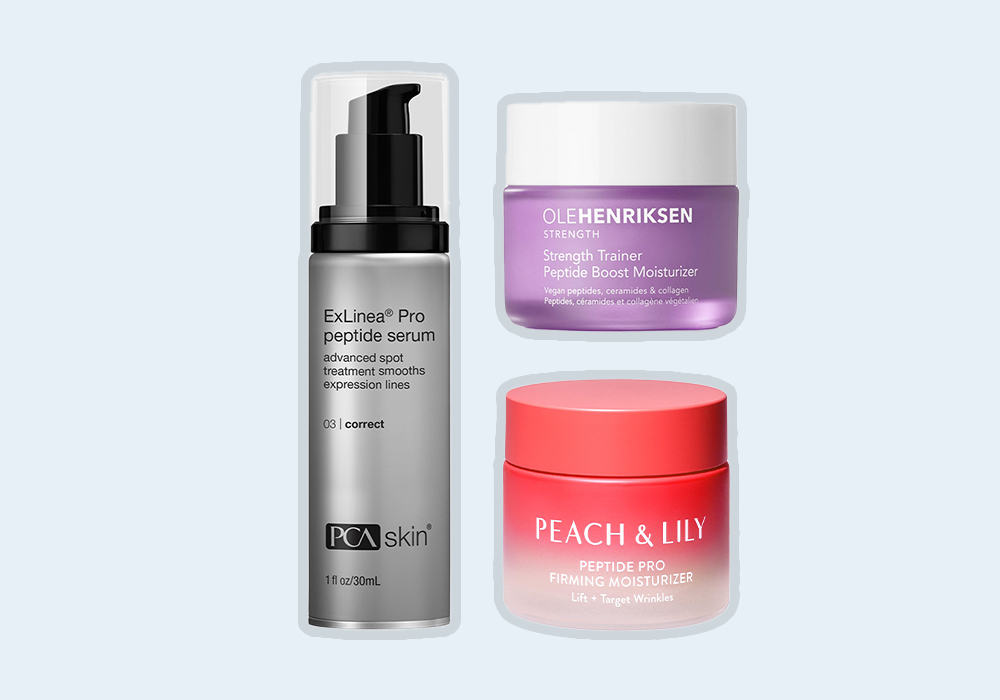
Ah, the medi-spa: the combination Pizza Hut-Taco Bell of the aesthetics world. These hybrid day spa/medical centers offer dozens of cosmetic services, from bikini waxes to fillers, under one serene, sterile roof. But as a beauty editor, I’m privy to the knowledge that medi-spas aren’t always the easy, breezy, one-stop shop they claim to be: They just don’t match a doctor’s office when it comes to safety and experience. Most medi-spa staffs are comprised of aestheticians, nurses, or physician assistants, not dermatologists with the expertise and board-certification you want in someone who is, say, injecting a foreign substance into your face. In some states, certain cosmetic procedures performed at medi-spas (like permanent makeup and CoolSculpting) are supposed to be done under the supervision of a licensed physician, though not necessarily a dermatologist or plastic surgeon, says Hadley King, MD, a board-certified dermatologist in New York City. But in others, a physician doesn’t need to be on-site — not an ideal situation should you have complications.
Dendy E. Engelman, MD, a dermatologist in New York City, has a rule of thumb for which procedures should be reserved for the derm’s office: “A good line to draw is whether or not the procedure is invasive, which means going into or past the skin barrier.” So there are a few common treatments offered at medi-spas that we can rule out: Dr. King names dermal fillers and Botox, the fat-melting injectable Kybella, and thread lifts.
That said, there are some services that are A-okay to hit the medi-spa for. They’re low-risk, minimally invasive, and perfectly suited for the pros that work there.
Meet the Experts:
Dermaplaning
Yes, an aesthetician takes a scalpel to your face, but only to shave fine hair or peach fuzz and only the outermost skin layer. It’s an ideal way to exfoliate and helps your skin care absorb better, says Dr. Engelman. A session can start at around $75, depending on the provider, and Dr. King suggests returning about once a month.
Microneedling
Also known as dermarolling—you may be familiar with the trendy at-home tools — professional microneedling devices use tiny, sterile needles (ranging from 0.5 to 3 millimeters long) to create micro- injuries to the skin. These superficial punctures may set off a wound-healing response that can lead to glowier, firmer skin. A once-a-month session can help keep your skin radiant, but for the best results, Dr. King says, you may need to go once or twice a week. Yowza!
LED and Lasers
With LED therapy, specific wavelengths of LED light are emitted from a panel or hand-held device, explains Dr. King, adding that while research into proven benefits is ongoing, blue light may help treat acne by killing disruptive bacteria and red light may stimulate collagen production enough to smooth wrinkles (she likes it for those in their 30s and 40s). Dr. Engelman notes that LED is ideal for a medi-spa because the machines used in office are often more powerful than at-home LED devices. But lasers are a different story: According to Dr. King, resurfacing “laser facials” (like Fraxel) should always be performed by an experienced, board-certified dermatologist or plastic surgeon.
Laser hair removal is more nuanced: “If you are a candidate with a low risk of burns, meaning you have hair significantly darker than your skin color, a medi-spa should be a reasonable option. If you are a higher-risk candidate, someone with a darker complexion and less contrast between skin and hair color, a doctor’s office may be a prudent choice.”
Hydrafacial
This hydrating facial goes beyond your medicine cabinet’s moisture mask. Highly satisfying yet gentle suction exfoliates and customizable skin-care boosters can then “penetrate the deep layers of skin to provide intense hydration,” says Dr. Engelman. She recommends booking one monthly or quarterly and notes that it’s great for dry skin (because of the intense hydration) and acne-prone skin (the facial also removes pore-clogging dead-skin cells).
This story originally appeared in the November 2022 issue of Allure.






